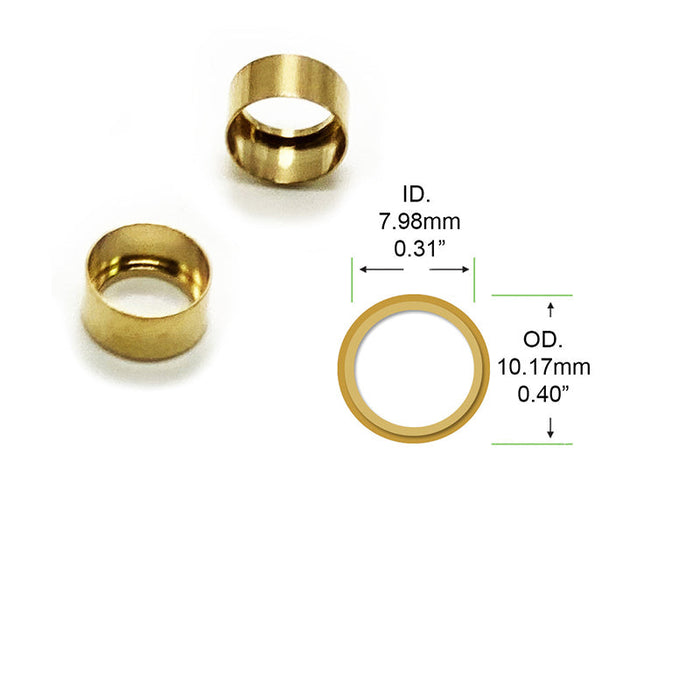
KP-55 Washer 520K19
The 520K19 is a cup washer (a kind of washer with a curved/cupped profile) used in the KP-55 handpiece. It’s part of the internal front-end assembly, fitting between components to maintain spacing, alignment, and absorb minor axial loads. It helps keep the internal geometry precise in a high-speed tool.
Features
-
Maintains spacing & alignment: The cup washer ensures that nearby components (e.g. bearings, shafts, front housing) keep proper clearance and alignment.
-
Absorbs axial force: The “cup” profile allows it to slightly flex or bear against two surfaces, reducing micro-movement under axial loads.
-
Enhances durability: Because it’s an OEM copper part, it is designed to withstand the wear and heat generated in the rotating front section of the KP-55.
-
Ease of replacement: Swapping it out when worn helps prevent damage to adjacent parts (bearings, collars, housings) and helps restore smooth operation.
Dimensions
-
Inside Diameter (ID): ~ 7.98 mm
-
Outside Diameter (OD): ~ 10.17 mm
-
Thickness (height): ~ 5.47 mm
-
Material: Copper — suited for durability under high-speed conditions
Installation Tips
-
Confirm the existing washer in your handpiece matches these dimensions (ID, OD, thickness).
-
Ensure that the mating surfaces and adjacent parts (spindle nose, bearing housing, front housing) are clean and undamaged — if they’re scored or deformed, the new washer may not seat properly.
-
Disconnect power and let the handpiece stop completely before disassembly.
-
Remove the front housing or collet assembly to access the washer location.
-
Carefully remove the old washer, noting its orientation (which side faced which component).
-
Clean seating surfaces (remove debris, metal shavings, old lubricant).
-
Insert the new 520K19 washer in the same orientation, ensuring it sits flat and fully seated.
-
Reassemble the front section and run the handpiece under no load first to check for smooth rotation, correct alignment, and absence of vibration or noise.
